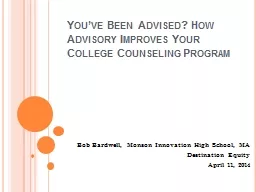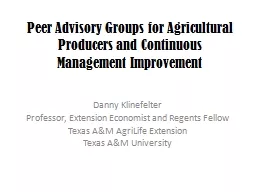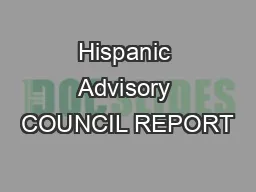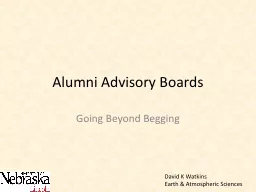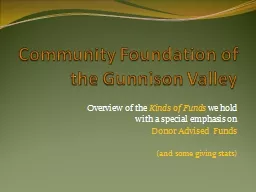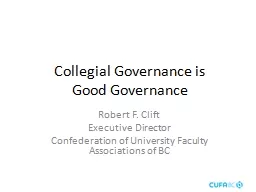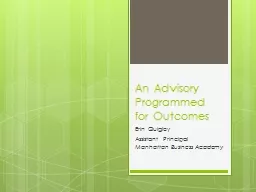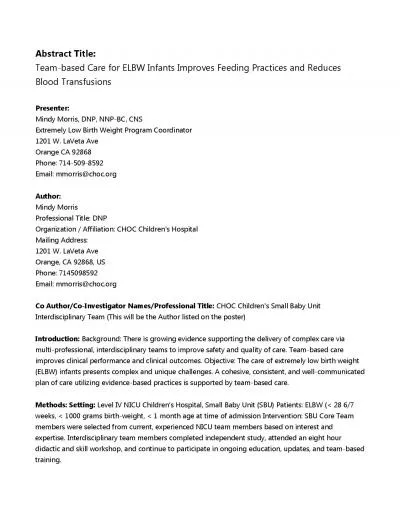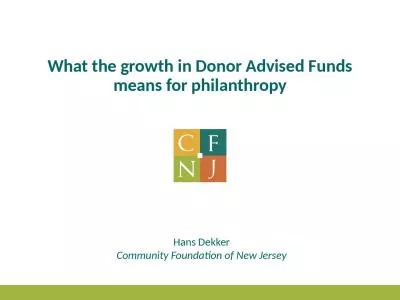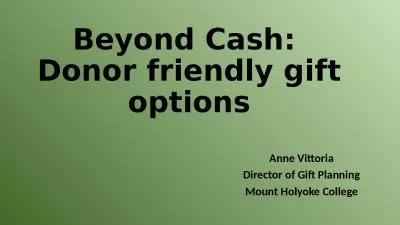PPT-You’ve Been Advised? How Advisory Improves Your College C
Author : marina-yarberry | Published Date : 2016-09-07
Bob Bardwell Monson Innovation High School MA Destination Equity April 11 2014 What is Advisory Small group advisory is an opportunity for all students to connect
Presentation Embed Code
Download Presentation
Download Presentation The PPT/PDF document "You’ve Been Advised? How Advisory Impr..." is the property of its rightful owner. Permission is granted to download and print the materials on this website for personal, non-commercial use only, and to display it on your personal computer provided you do not modify the materials and that you retain all copyright notices contained in the materials. By downloading content from our website, you accept the terms of this agreement.
You’ve Been Advised? How Advisory Improves Your College C: Transcript
Download Rules Of Document
"You’ve Been Advised? How Advisory Improves Your College C"The content belongs to its owner. You may download and print it for personal use, without modification, and keep all copyright notices. By downloading, you agree to these terms.
Related Documents

